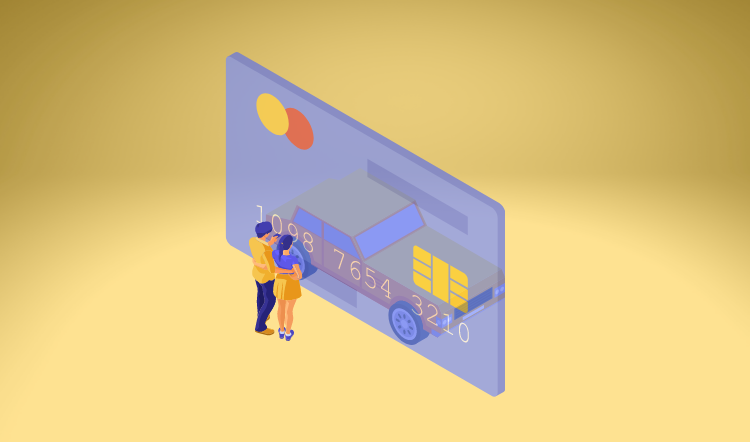Finance Everywhere
Quick Take: SoFi and Galileo CEOs on the Technisys acquisition
- SoFi wants to become the ‘AWS of fintech’, combining Technisys’ and Galileo’s technology stacks.
- SoFi is expanding beyond being just a direct-to-consumer platform, stepping into offering white-label products for other businesses.









